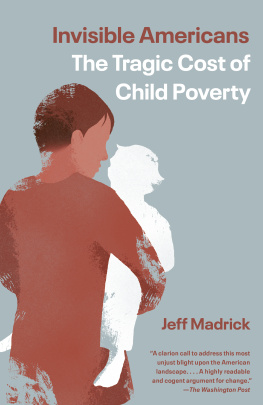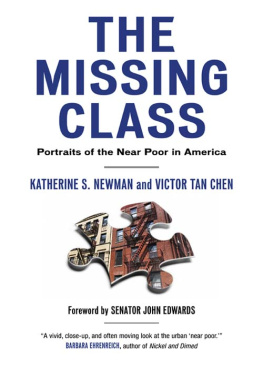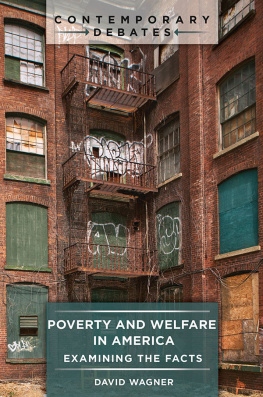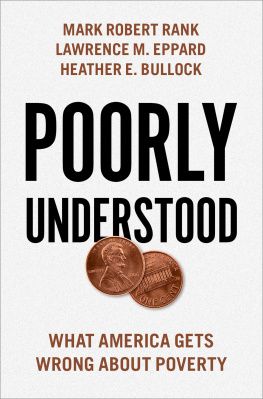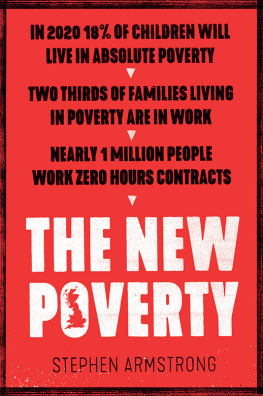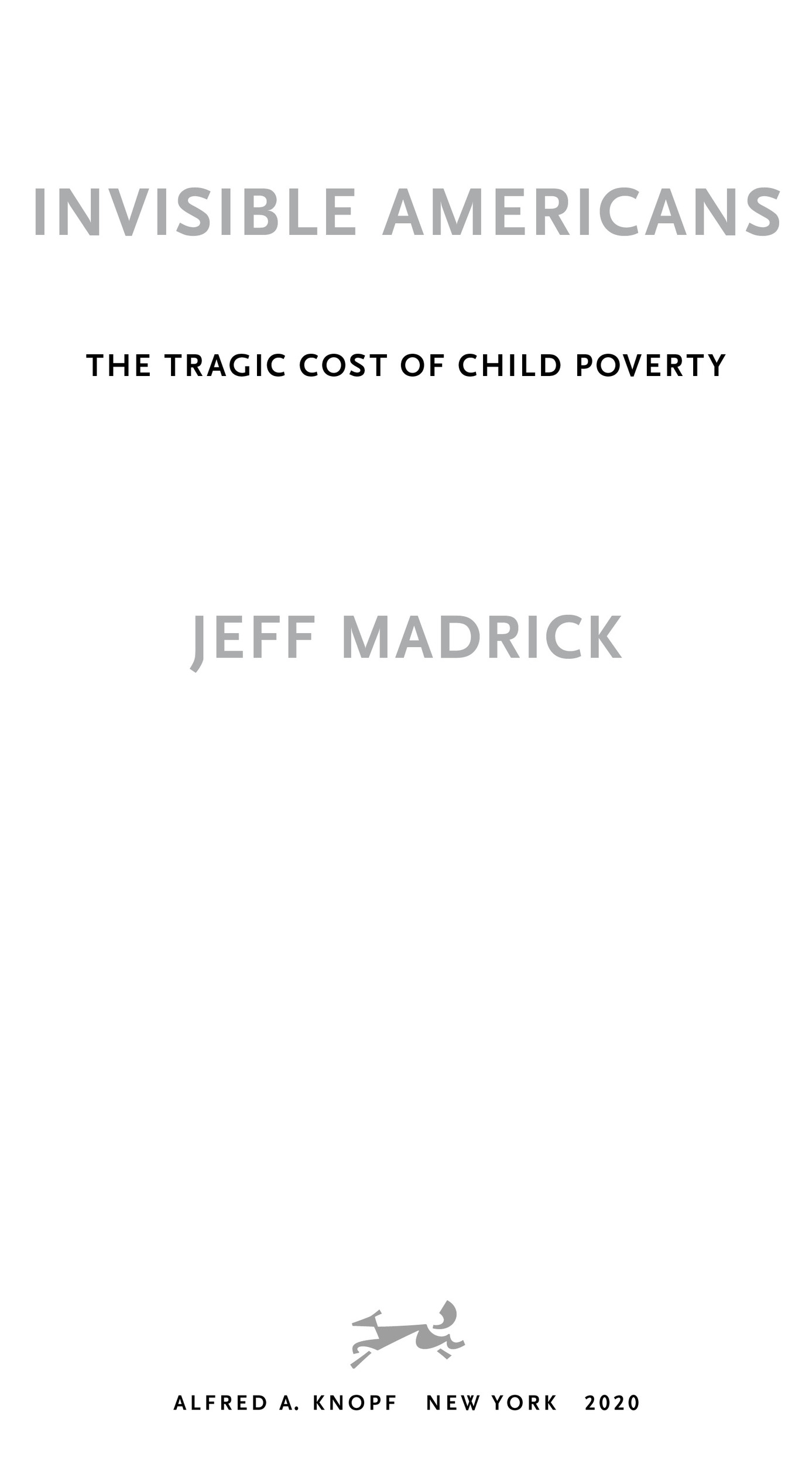ALSO BY JEFF MADRICK
Seven Bad Ideas: How Mainstream Economists Have Damaged America and the World
Age of Greed: The Triumph of Finance and the Decline of America, 1970 to the Present
The Case for Big Government
Why Economies Grow: The Forces That Shape Prosperity and How to Get Them Working Again
The End of Affluence: The Causes and Consequences of Americas Economic Dilemma
Taking America: How We Got from the First Hostile Takeover to Megamergers, Corporate Raiding, and Scandal
Unconventional Wisdom: Alternative Perspectives on the New Economy (as editor)
THIS IS A BORZOI BOOK PUBLISHED BY ALFRED A . KNOPF
Copyright 2020 by Jeff Madrick
All rights reserved. Published in the United States by Alfred A. Knopf, a division of Penguin Random House LLC, New York, and distributed in Canada by Penguin Random House Canada Limited, Toronto.
www.aaknopf.com
Knopf, Borzoi Books, and the colophon are registered trademarks of Penguin Random House LLC.
Library of Congress Cataloging-in-Publication Data
Names: Madrick, Jeffrey G., author.
Title: Invisible Americans : the tragic cost of child poverty / Jeff Madrick
Description: First edition. | New York : Alfred A. Knopf, 2020. | Includes index.
Identifiers: LCCN 2019022606 (print) | LCCN 2019022607 (ebook) | ISBN 9780451494184 (hardcover) | ISBN 9780451494191 (ebook)
Subjects: LCSH : Poor childrenUnited StatesSocial conditions. | PovertyUnited States. | Child welfareUnited States.
Classification: LCC HV 741 . M 3326 2020 (print) | LCC HV (ebook) | DDC 362.7086/9420973dc23
LC record available at https://lccn.loc.gov/2019022606
LC ebook record available at https://lccn.loc.gov/2019022607
Ebook ISBN9780451494191
Cover design and illustration by Madeline Partner
ep_prh_5.4_c0_r3
To the dozens of researchers
who dedicate their lives to studying the causes and consequences of child poverty
And to my wife, Kim
CONTENTS
CHAPTER 1
INVISIBLE AMERICANS
In 1962, Michael Harrington published The Other America, which awakened America to the extent of poverty in a nation that at the time thought the postwar affluence had solved such problems. Harrington presented persuasive evidence that at least 25 percent of Americans were poor, and it shocked a nation that thought of itself as newly affluent. A middle class was flourishing by the 1960s. Harringtons book and the buoyant economy combined to raise the American peoples sense of obligation and commitment to decency. Under President Lyndon Johnson, the country adopted a range of generous programs for the poor, including children, and people of color. This War on Poverty, though hardly as bold as it could have been, succeeded far more than its later deriders claimed.
But the child poverty rate in America today is 20 to 25 percent as I measure it, and arguably higher, and it has produced no wave of response vaguely similar to Johnsons more than fifty years ago. My purposes here are to document the scourge of child poverty, the many ways it damages children and limits their possibilities, to make clear the immense irresponsibility of the worlds richest nation to tolerate basically the highest child poverty rates in the developed world, and to recommend what should be done about it.
There are roughly 13 million officially poor children in America, nearly one in five. If properly measured it would be closer to one in four, and with more honest assumptions more than one in three. In France and Germany only around one in ten children are poor, and by a more stringent test. In the Nordic nations, only one in thirty children are poor. Child poverty is lower in these nations not because the economy produces fewer poor people but because social policies are directed at supporting the poor more generously and efficiently than in the United States.
Our struggling children lack material goods and services, including minimally decent shelter and healthcare. The level of material deprivation, or hardship, as analysts call it, is much higher than the government-reported poverty rate. Some analysts argue that child poverty is lower because parents dont remember and dont fully report income from government programs on government surveys. Others note that many people underreport earned income. Even with underreporting, poverty rates would be higher than in almost any other rich nation. Moreover, according to the latest studies, well over one in three American children live in a household with a significant deprivation: inadequate food, lack of access to medical care due to its cost, seriously overcrowded housing, and so on.
These children are well aware of their poverty, and they live not merely in deprivation but also in shame. They see themselves as irredeemable outsiders. They watch television and observe how others live; they see movie ads even if they cant afford to go to the movies. They flip through sophisticated comic books, which they cannot buy. Debilitating pessimism is thrust upon them at a young age. When middle-class Americans scoff at poor kids because parents buy them the latest expensive sneakers and iPhones, they are unaware that these kids demand these things not to show off but mostly to belong, a deep need of which they are mostly deprived.
I will argue that poor children have many requirements, but above all they need money.
The distress and consequences of child poverty are too often ignored. Reducing child poverty is more consequential than reducing poverty among other groups due to its longer term effects. Overwhelming evidence makes clear that poverty results in lasting damage to poor children compared to middle-income children. Their cognitive abilities are seriously reduced, their emotions are destabilized, and their health is compromised over a wide range of debilities. They often live in physical and emotional pain. Infant mortality is higher in the United States than in other rich nations. Such studies are adjusted for race, ethnicity, and parental education to isolate the effects of low income itself.
Child poverty was hardly mentioned in the 2016 presidential primary battles by Democrats or Republicans, nor in the general election campaign. Some Democratic presidential candidates are only now beginning to formulate policies aimed at incomes below the medianbelow the halfway point of workers wages. But these policies, given stagnating incomes for more than a generation, typically dont go far enough.
Such damage has measurable longer-term consequences for the productivity of poor children when they become adults, their health costs, and the costs of crime. A stunning recent analysis finds that GDP is up to $1 trillion lower as a result of child poverty, or more than 5 percent. Many analysts agree this is a reasonable, if as I say shocking, number. It is mostly due to reduced labor productivity of workers, higher health costs, and the costs of crime, including incarceration. Child poverty affects all of us.
The American social policy system of the last forty years emphasizes work for parents through income tax credits, which are not the best way to reduce poverty. Instead, I will advance a position embraced by a burgeoning number of academics: America should be distributing substantial cash grants to all families with children without conditions. Better-off families will have much of the income taxed away.

